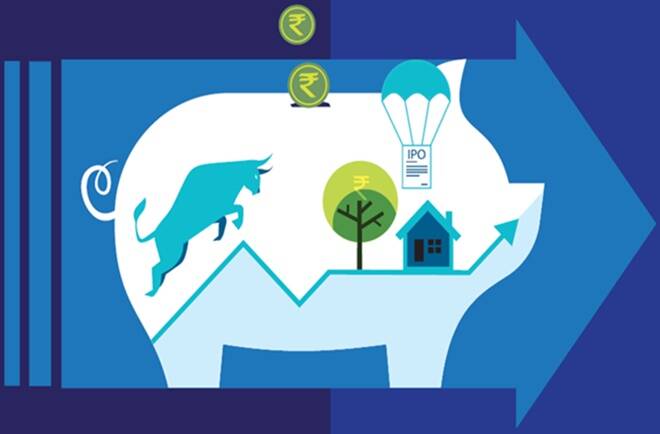Nowadays, there are various assets for investments opportunity. These include real estate, shares, property, bonds, and many more.
Investors are now opting into assets for investments more than ever before. However, asset prices keep on fluctuating, hence the need to monitor price changes often. The reason behind this is that financial bubbles are inevitable, and you can incur significant losses if you lack information on price changes and trends.
Table of Contents
What Is an Asset Bubble?
An asset bubble can involve assets like stocks, housing, gold, and more. It’s a situation whereby asset prices significantly rise over a short period of time, but do not form a true reflection of the value. It happens when assets for investments in a particular asset soars. The high demand triggers an increase in prices due to scarcity.
During an asset bubble, more and more investors continue investing in the asset. The prices keep soaring, and at some point, this causes a bubble burst; the demand falls, and the prices crash downwards. And the outcome? The bubble burst results in reduced business, which impacts the economy negatively.
What Causes an Asset Bubble Burst?
Asset bubbles occur when the price of a particular asset rises above its real value. Some of the commonly traded assets include stocks, gold, and houses. For instance, a housing market crash happens when the prices soar, become unsustainable, and come crumbling downwards. All economists have their view of how price bubbles form and how they crash. The shared perspectives on asset bubble bursts are:
1. Low-interest rates
Low-interest rates make it easier for investors to borrow to finance their businesses. They also make it easier to buy assets like housing, raising the demand, which results in an increase in prices and wealth. Low-interest rates also have a downside, though: you’re unlikely to get a good return on your assets for investments. Instead, investors tend to move their money into high-risk or high yields assets, which will later increase asset prices.
2. Asset shortage
Asset shortage happens due to the scarcity of a particular asset in the market. Such a shortage causes asset price bubbles due to the imbalance between supply and demand. It also leads to a spike in prices, and the asset’s value stretches way beyond the expected cost. Asset shortages hurt economic growth and raise the probability of a financial crisis.
3. Demand-pull inflation
Demand-pull inflation happens when there’s an increased demand for a particular asset. The demand exceeds the supply in the market, leading to escalated prices. After all, everyone wants assets for investments the reap the benefits. When the asset prices hit a peak, the bubble bursts, leading to lower asset prices and losses.
A Quick Wrap-up
We have experienced different asset bubbles in the past. These include the housing bubble that occurred in 2005, the oil asset bubble of 2008, the gold asset bubble of 2011, and many more. You shouldn’t invest in assets just because of the hype. Instead, consider their profitability.








